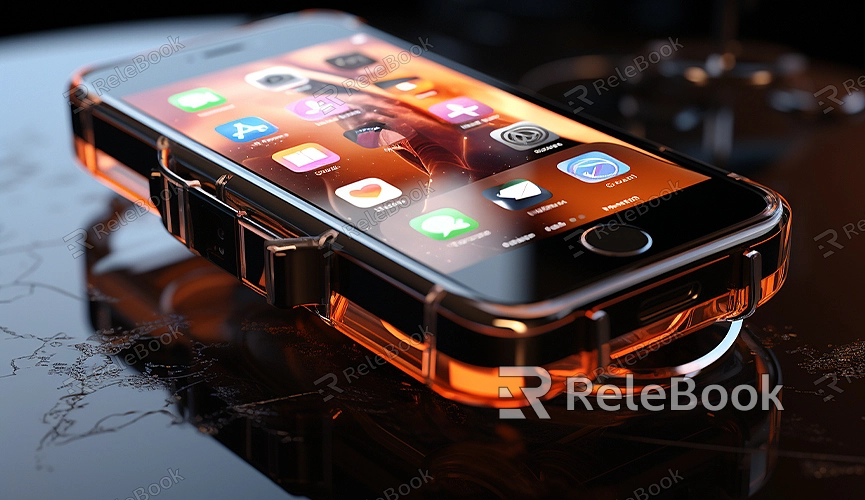What is Texture UV Mapping in Blender?
Blender, as a powerful 3D modeling and rendering tool, offers users the flexibility and robust texture mapping capabilities, allowing for fine control over the appearance of models. The use of texture UV mapping makes it more convenient and realistic to simulate surface details on models, resulting in more authentic renderings. Texture UV mapping in Blender is crucial as it optimizes the texture rendering of 3D models.

What is Texture UV Mapping?
In Blender, texture UV mapping is the process of mapping a 2D texture image onto the surface of a 3D model. This mapping defines the texture coordinates for each vertex on the model's surface, ensuring the texture aligns correctly. The "UV" in UV mapping represents the 2D coordinates on the model's surface, corresponding to the 3D coordinates of X, Y, and Z. To enhance rendering effects and avoid potential errors, artists often choose to download high-quality 3D texture map resources from Relebook.
Why is Texture UV Mapping Important?
1. Texture Alignment and Repetition:
Correct UV mapping ensures texture alignment and repetition on the model's surface, a necessity for creating a natural and realistic appearance.
2. Detail and Precision:
UV mapping allows artists to precisely place textures on the model, adding detail and precision. This is crucial for scenes and characters requiring a high level of realism.
3. Texture Transitions:
Proper UV mapping enables smooth transitions between multiple textures on the model's surface, useful for creating layered surface effects.
How to Use Texture UV Mapping in Blender?
1. Open the UV Editor:
In Blender, enter edit mode by selecting the model, then open the UV editor to view and edit the model's UV mapping.
2. Manually Adjust UV Coordinates:
Users can manually adjust the UV coordinates of each vertex to ensure the texture correctly maps to the model's surface. This often requires patience and precision.
3. Use Smart UV Project:
Blender provides the Smart UV Project feature, which automatically generates UV mapping for the model. While not as precise, it is a quick and convenient method for simple models.
4. Use UV Mapping Nodes:
In the node editor, users can employ UV Mapping nodes to adjust and manipulate texture mapping, offering more control and creativity.
Common Issues and Solutions:
1. Stretching and Distortion:
If textures exhibit stretching or distortion, it may be due to inaccurate UV mapping. Resolve by manually adjusting UV coordinates, using Smart UV Project, or changing settings in UV Mapping nodes.
2. Texture Misalignment:
If textures fail to align correctly, it may be due to inaccurate UV mapping or issues with the model's topology. Solve by checking and adjusting UV mapping or optimizing the model's topology.
By understanding and utilizing texture UV mapping effectively in Blender, artists can achieve more realistic and visually appealing 3D models.

